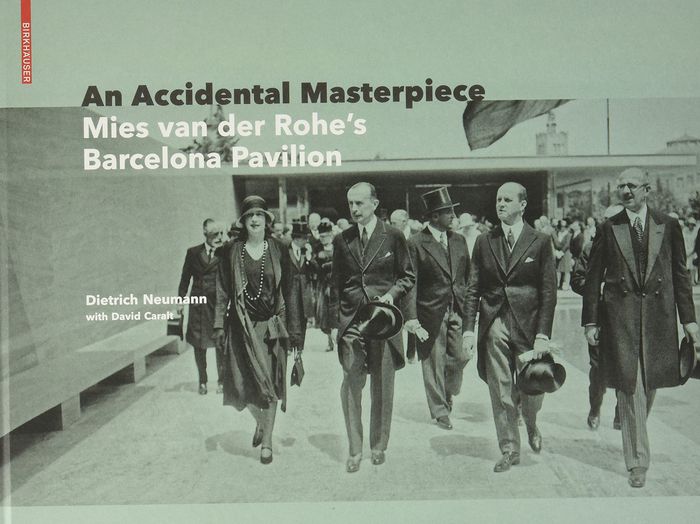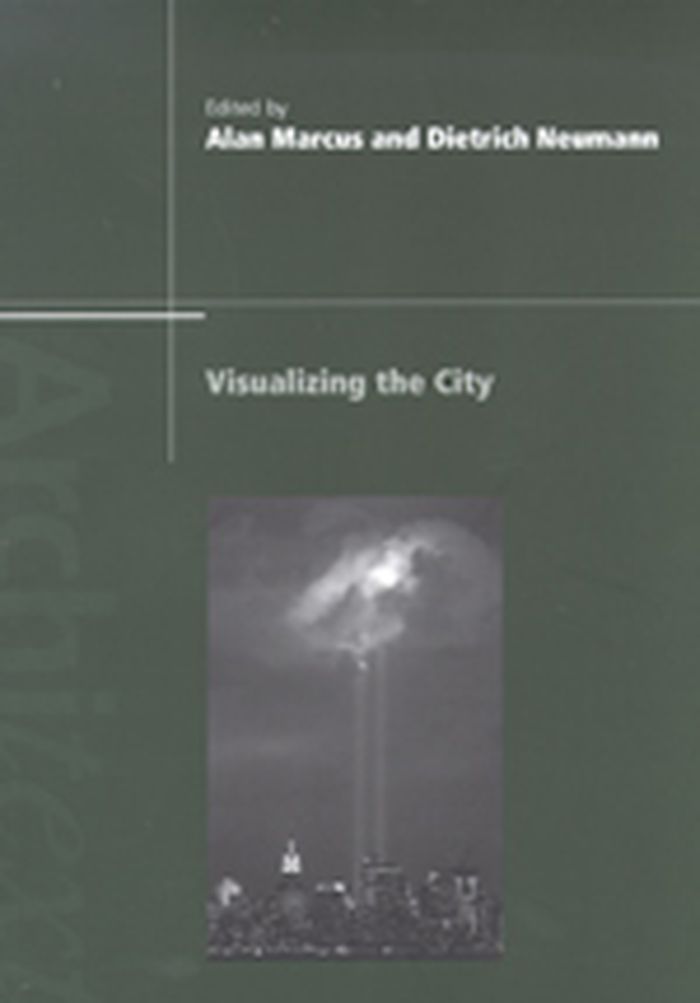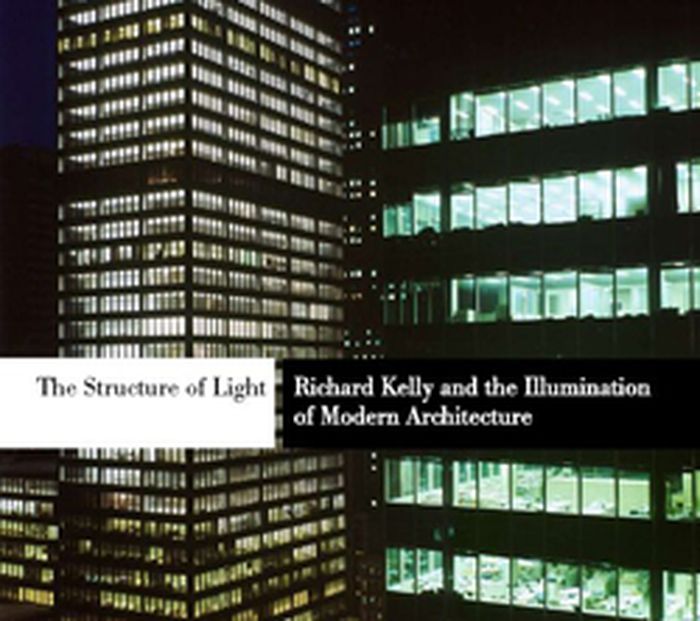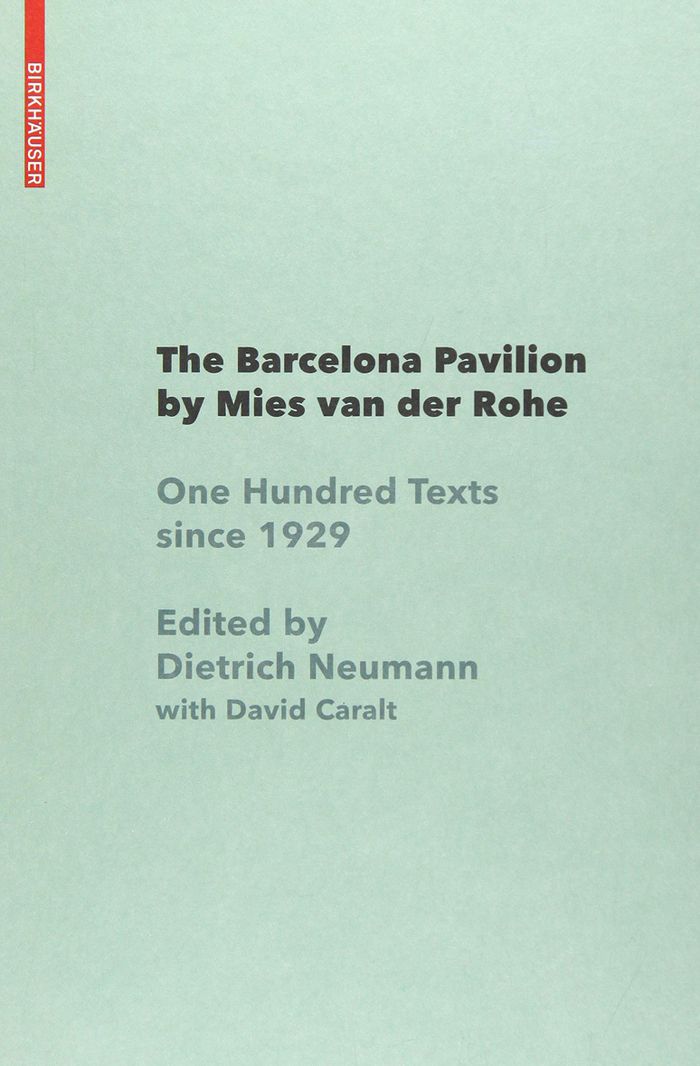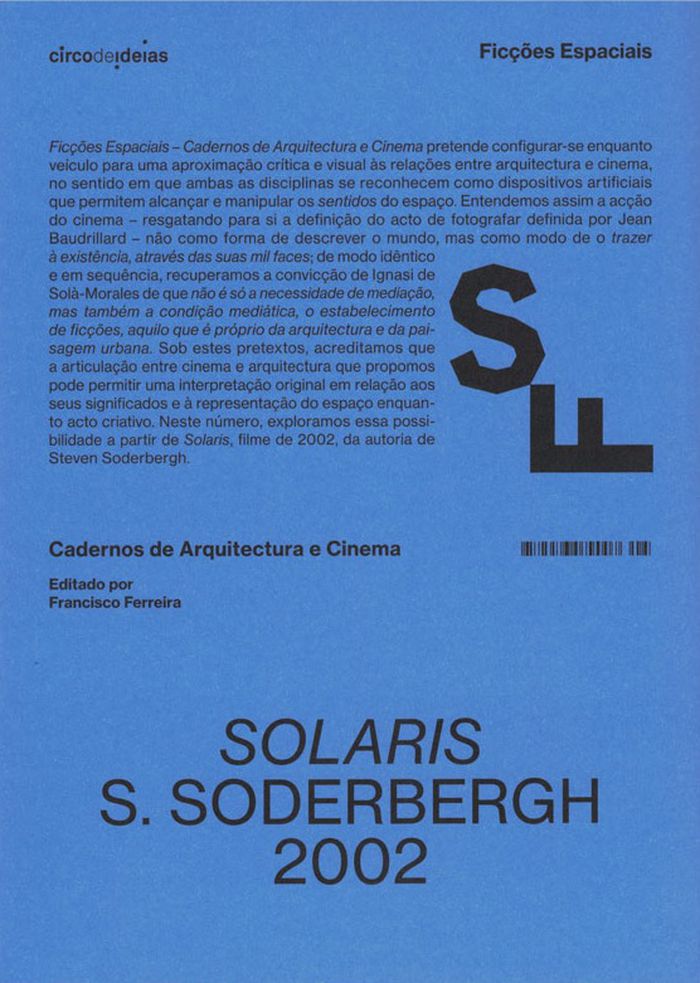$70.00
(available to order)
Summary:
With the temporary exhibition pavilion of the German Reich at the 1929 International Exposition in Barcelona, Mies van der Rohe designed an architectural icon, but also a controversial monument of the way the Weimar Republic portrayed itself. The building is one of the most unusual success stories in the history of architecture: Despite its short existence, its(...)
An accidental masterpiece : Mies Van Der Rohe's Barcelona-Pavillion
Actions:
Price:
$70.00
(available to order)
Summary:
With the temporary exhibition pavilion of the German Reich at the 1929 International Exposition in Barcelona, Mies van der Rohe designed an architectural icon, but also a controversial monument of the way the Weimar Republic portrayed itself. The building is one of the most unusual success stories in the history of architecture: Despite its short existence, its reputation grew steadily in the following decades, thanks in part to magnificent photographs. It was soon considered the constructed manifesto of the Modern Age, and its spatial and "ideational" ambitions were called "a milestone of Modern architecture." This comprehensively, broadly researched book portrays the building’s complex history and its political entanglement- up to and including its reconstruction according to van der Rohe’s plans at the original site between 1983 and 1986.
Architecture Monographs
Visualizing the city
$46.95
(available in store)
Summary:
This anthology presents a range of interdisciplinary explorations into the urban environment, through film, photography, digital imagery, maps and signage. Contributors examine our fascination with the city through the history of art and architecture, urban studies, environmental studies, cultural geography and screen studies. Bringing together a wide spectrum of(...)
Urban Theory
January 2008, Abingdon, New York
Visualizing the city
Actions:
Price:
$46.95
(available in store)
Summary:
This anthology presents a range of interdisciplinary explorations into the urban environment, through film, photography, digital imagery, maps and signage. Contributors examine our fascination with the city through the history of art and architecture, urban studies, environmental studies, cultural geography and screen studies. Bringing together a wide spectrum of urban contexts, "Visualizing the City"’s diverse essays explore visual representations of urbanism and modernity reflected through the prism of global cultures using an engaging variety of methods and texts.
Urban Theory
books
Description:
149 pages : illustrations ; 22 cm.
[Brooklyn, NY] : Clog, [2012]
Apple / editors Kyle May (Editor in Chief), Julia van den Hout, Jacob Reidel, Human Wu, PlayLab (Design).
Actions:
Holdings:
Description:
149 pages : illustrations ; 22 cm.
books
[Brooklyn, NY] : Clog, [2012]
$64.95
(available to order)
Summary:
The potential of electric light as a new building 'material' was recognized in the 1920s and became a useful design tool by the mid-century. Skilful lighting allowed for theatricality, narrative, and a new emphasis on structure and space. "The Structure of Light" tells the story of the career of Richard Kelly, the field's most influential figure. Six historians,(...)
The structure of light: Richard Kelly and the illumination of modern architecture
Actions:
Price:
$64.95
(available to order)
Summary:
The potential of electric light as a new building 'material' was recognized in the 1920s and became a useful design tool by the mid-century. Skilful lighting allowed for theatricality, narrative, and a new emphasis on structure and space. "The Structure of Light" tells the story of the career of Richard Kelly, the field's most influential figure. Six historians, architects, and practitioners explore Kelly's unparalleled influence on modern architecture and his lighting designs for some of the 20th century's most iconic buildings: Philip Johnson's Glass House; Louis Kahn's Kimbell Art Museum; Eero Saarinen's GM Technical Center; and Mies van der Rohe's Seagram Building, among many others. This publication demonstrates the range of applications, building types, and artistic solutions he employed to achieve a 'nocturnal modernity' that would render buildings evocatively different at night. The survival of Kelly's rich correspondence and extensive diaries allows an in-depth look at the triumphs and uncertainties of a young profession in the making.
Architecture Monographs
$58.95
(available to order)
Summary:
While Mies van der Rohe’s pavilion at the International Exposition in Barcelona in 1929 went unnoticed by most of the visitors to the fairgrounds, contemporary critics enthusiastically hailed it as the most convincing statement of the Modern Age. This book presents 100 selected texts about this much discussed building, written then and now: from the opening speech by(...)
The Barcelona Pavilion by Mies van der Rohe: one hundred texts 1929 - 2019
Actions:
Price:
$58.95
(available to order)
Summary:
While Mies van der Rohe’s pavilion at the International Exposition in Barcelona in 1929 went unnoticed by most of the visitors to the fairgrounds, contemporary critics enthusiastically hailed it as the most convincing statement of the Modern Age. This book presents 100 selected texts about this much discussed building, written then and now: from the opening speech by the Spanish king, to newspaper articles and private letters, voices of contemporary architects, architecture critics and historians, and even a text by artist Ai Weiwei, who created an installation in the outdoor area of the pavilion in 2010.
Architecture Monographs
$66.00
(available to order)
Summary:
At the 1889 World’s Fair in Paris, the newly erected Eiffel Tower became one of the first icons of illuminated architecture, a nocturnal "lighthouse." It was not until decades later, in the 1920s, when a building’s evening façade became a central issue for residential and commercial architects, who began to look for avant-garde and aesthetically striking ways to light up(...)
Architecture since 1900, Europe
September 2006, Stuttgart
Luminous buildings : architecture of the night
Actions:
Price:
$66.00
(available to order)
Summary:
At the 1889 World’s Fair in Paris, the newly erected Eiffel Tower became one of the first icons of illuminated architecture, a nocturnal "lighthouse." It was not until decades later, in the 1920s, when a building’s evening façade became a central issue for residential and commercial architects, who began to look for avant-garde and aesthetically striking ways to light up their ever-taller works in all the major cities of the world. Both European and American architects wanted to distance their buildings from the garish electric signage that had come to dominate the street-level cityscape, so they worked with more delicately colored floodlights. Contemporary architects use many of the same techniques today, aided by technological advances that allow them to be implemented in particularly dramatic ways. "Luminous Buildings: Architecture of the NIght" opens a dialogue on the often overlooked but exciting connections between architecture, technology and light, offering points of reference in historical buildings and utopias, more recent designs, paintings and photographs of nighttime facades, and scholarly texts.
Architecture since 1900, Europe
$12.00
(available in store)
Summary:
This book, published by Circo de Ideias and edited by Francisco Ferreira, with an essay by Dietrich Neumann, presents a critical and visual approach to Steven Soderbergh’s 2002 film Solaris. "Space Fictions – Booklets on Architecture and Cinema (Solaris. S. Soderbergh, 2002)" is part of a collection developed as a space for reflection on the relationship between(...)
Space Fictions: Booklets on architecture and cinema (Solaris. S. Soderbergh, 2002)
Actions:
Price:
$12.00
(available in store)
Summary:
This book, published by Circo de Ideias and edited by Francisco Ferreira, with an essay by Dietrich Neumann, presents a critical and visual approach to Steven Soderbergh’s 2002 film Solaris. "Space Fictions – Booklets on Architecture and Cinema (Solaris. S. Soderbergh, 2002)" is part of a collection developed as a space for reflection on the relationship between architecture and cinema, in the sense that both disciplines recognise themselves as artificial devices that make it possible to reach and manipulate the senses of space.
Architecture and Film, Set Design
